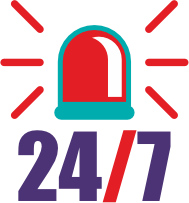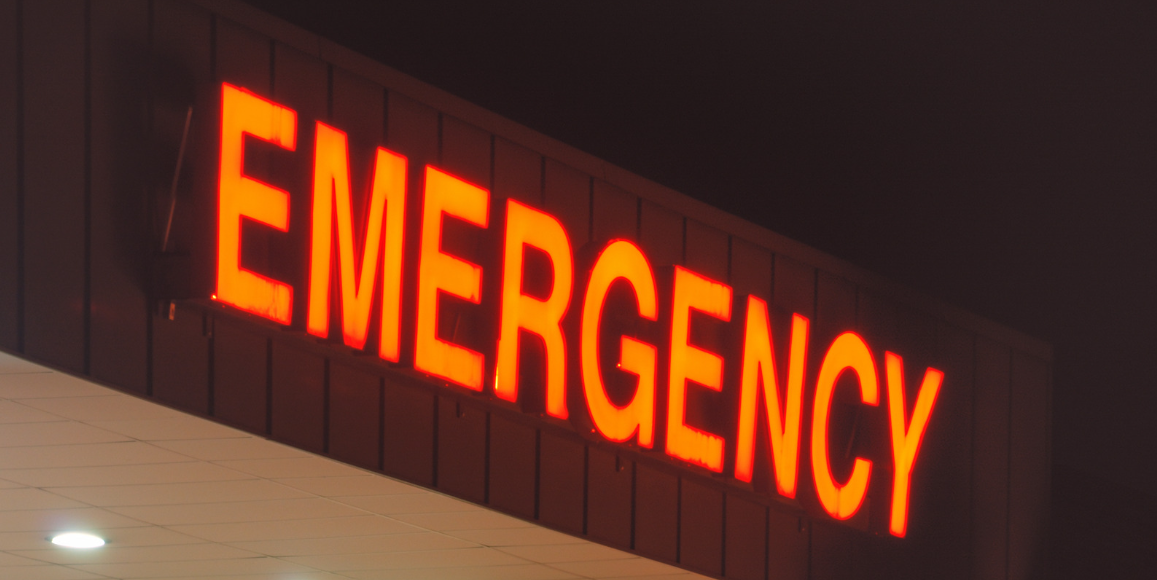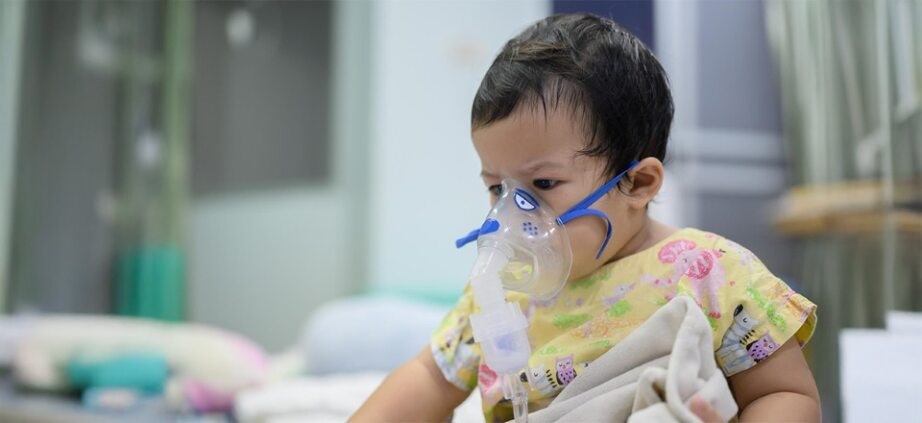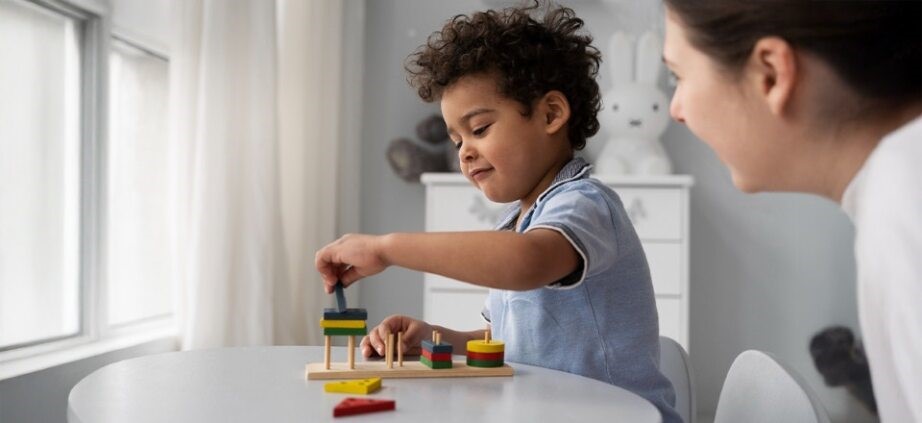Categories
Recognizing Pediatric Emergencies: A Guide for Parents
Jan 18, 2025
Common Pediatric
Emergencies:
Children may experience various emergencies, including:
- Breathing difficulties or respiratory problems: These can arise from infections, asthma, or foreign objects
obstructing the airway
- Abnormal movements or fits: Sudden,
uncontrollable shaking or stiffness that may indicate a serious underlying
condition
- Trauma: Injuries resulting from accidents or falls
- Dehydration: Often due to vomiting, diarrhea, or refusal
to eat or drink
- Severe infections
Key Danger Signs to
Watch for:
Recognizing the early signs of a medical emergency can save your child’s
life. Seek immediate medical care if you observe any of the following:
- Breathing problems
- Difficulty breathing
- Fast breathing
- Noisy breathing
- Changes in behavior
· Extreme
drowsiness or unresponsiveness
· Persistent
irritability or inconsolable crying
- Feeding and hydration issues
- Refusal to feed or drink for more than 8 to 12 hours
- Not passing urine for more than 8 to 12 hours
- Cold or Discolored skin
- Cold hands and feet
- Pale or bluish skin, lips, or tongue
What to do in an
Emergency?
If you notice any of these danger signs, do not delay. Take your child
to the emergency department of a children’s hospital immediately. Early
intervention is critical in managing life-threatening conditions effectively.
Our 24/7 Consultant Led Advanced Pediatric Emergency Services are always prepared to handle any health emergency your child may face!











